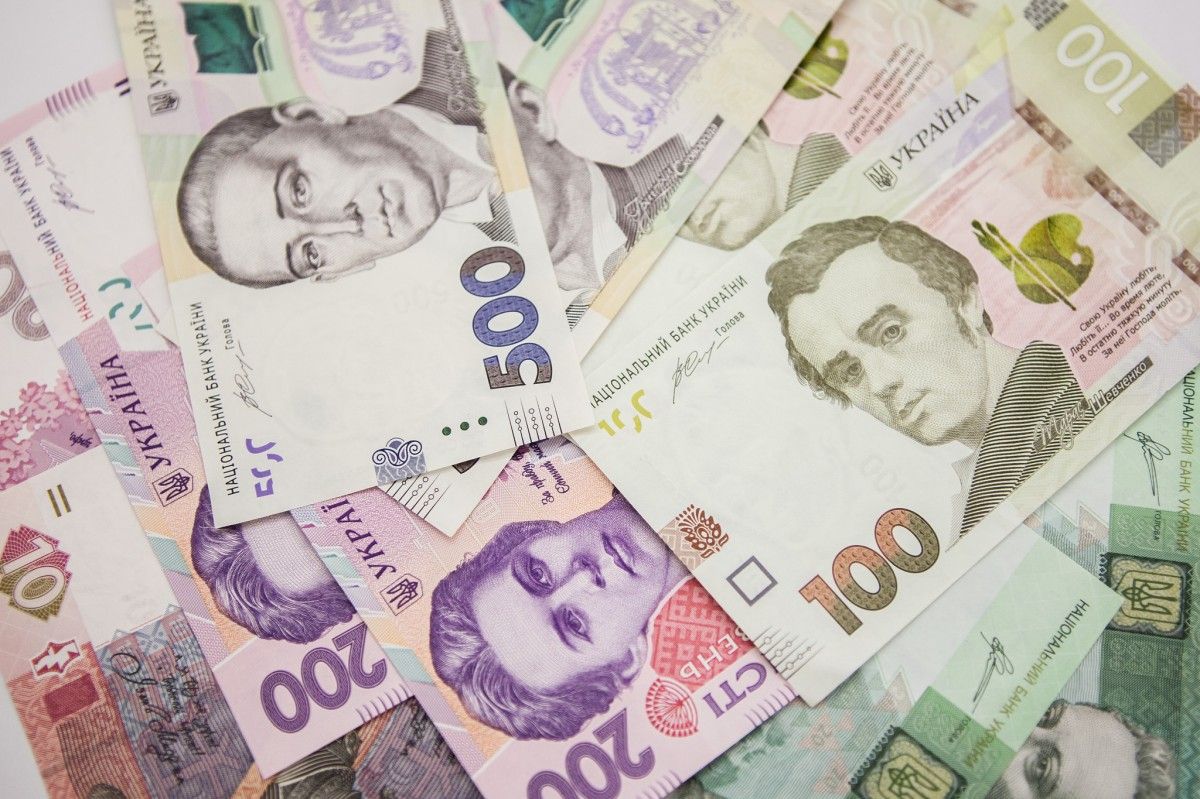
The Ukrainian hryvnia, which has firmed 9% since the start of the year on an influx of foreign capital into local bonds, will slip soon due to an expected drop in foreign money inflows and a wide trade deficit, a Reuters poll showed on Thursday.
Ukrainian analysts see the hryvnia averaging at UAH 27.0 against US$1 in three months and at UAH 27.90 in six months compared to the current level of UAH 25.42/US$1, Reuters said.
"Strengthening is not the result of structural changes in the economy when we begin to export more and import less, or when we significantly change the investment climate, which attracts direct investments," said Serhiy Fursa, a Kyiv-based investment banker from Dragon Capital.
Read alsoUkrainian forex expert says hryvnia tends to equilibrium point after strengthening
It is the result of an influx of portfolio investors which "is not a stable trend, sooner or later it will end and the hryvnia will have to return to its usual state".
The analysts forecast Ukraine's current account deficit at US$4.1 billion in 2019 and US$5.1 billion in 2020 compared to US$4.3 billion in 2018, while its economic growth will slow to 2.9% this year and 3% next year after 3.3% last year.
Non-residents have invested US$3 billion since the start of the year into local Ukrainian government bonds, which offered yields at 16-18% amid annual inflation at about 9%.
Read alsoUkraine's National Bank allows businesses to buy foreign currency for loans in hryvnia
The hryvnia performed best in June-July, gaining 7.1% when foreigners increased their investments and bought local securities worth US$1.8 billion.
Demand for hryvnia bonds was boosted by investor optimism after the presidential election and after the international central security depository Clearstream had connected the Ukrainian market to its network on May 27, giving non-residents an easy and quick access to buy Ukrainian domestic debt.
Analysts say they do not expect such a substantial inflow in the remaining five months of the year because the Finance Ministry will reduce the volume of new bond issues in order to avoid exceeding its parliament-approved debt ceiling.
The ministry will also become more decisive in decreasing yields following the central bank's interest rate cut last month, they say.
"In the autumn we expect an increase in the pressure on the hryvnia due to a rise of devaluation expectations and the higher activity of importers," said Oleksandr Martynenko, an analyst at the ICU investment company.
Importers usually increase their seasonal demand for dollars mainly for buying more energy resources before the cold season.
In 2018, the hryvnia started weakening in August and lost 5.4% by September 1.

